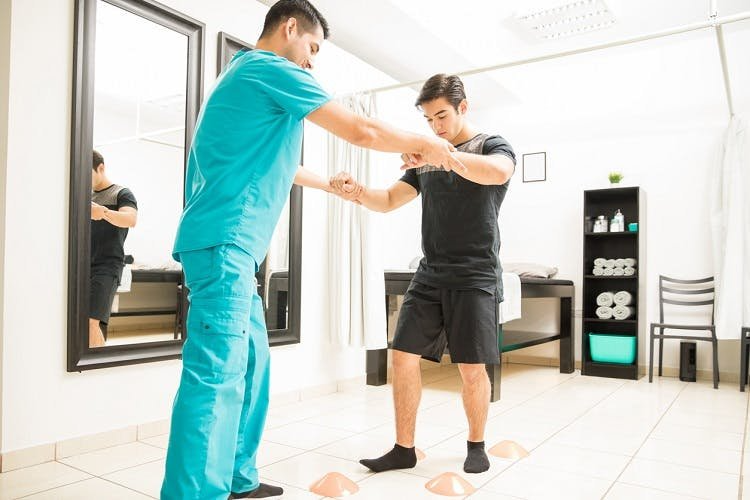Conditions Spinal Cord Injury Rehabilitation Among Conditions Treated in Neurological Physiotherapy
Introduction to Neurological Physiotherapy
Overview of Neurological Physiotherapy
Neurological physiotherapy is a specialized area of healthcare that addresses the unique needs of individuals with neurological disorders and injuries. This form of therapy focuses on aiding recovery from nervous system damage and enhancing functional abilities through targeted exercises and interventions.
Importance of Physiotherapy for Spinal Cord Injury
For those suffering from spinal cord injuries, physiotherapy plays a critical role in recovery. It helps minimize symptoms, improve mobility, and increase the patient’s independence. Effective physiotherapy can significantly enhance the quality of life for spinal cord injury patients by accelerating recovery and reducing long-term disability.
Understanding Spinal Cord Injury
Types of Spinal Cord Injuries
Spinal cord injuries are classified into two main types: complete and incomplete. A complete injury means there is no function below the level of the injury, whereas an incomplete injury means there is some remaining function.
Common Symptoms and Challenges
Symptoms of a spinal cord injury can include loss of muscle function, sensation, or autonomic function in parts of the body served by the spine below the level of injury. Patients often face challenges such as mobility restrictions and dependency on others for daily tasks.
Long-term Prognosis
The long-term outlook for individuals with spinal cord injuries varies greatly and depends on the severity of the injury and the quality of immediate care and ongoing rehabilitation. With advancements in neurological physiotherapy, many patients can improve their functional capabilities over time.
Rehabilitation Techniques in Neurological Physiotherapy
Assessment and Diagnosis
Initial Evaluation Techniques
Evaluating a spinal cord injury involves a thorough neurological exam and imaging studies to determine the extent of the injury and plan appropriate treatment.
Setting Rehabilitation Goals
Rehabilitation goals are set based on the individual’s specific symptoms and desired outcomes, focusing on maximizing independence and improving quality of life.
Core Rehabilitation Therapies
Manual Therapy Techniques
Registered Massage Therapy and other manual techniques help alleviate pain, improve circulation, and promote healing by addressing muscular and soft tissue impairments.
Movement Therapy and Exercise
Structured exercise programs and movement therapy are essential to help restore motor function and prevent complications like muscle atrophy and joint contractures.
Advanced Therapeutic Approaches
Technological Aids in Rehabilitation
Innovative technologies, such as robotic walking aids and virtual reality, play an increasingly important role in spinal cord rehabilitation.
Integrative and Holistic Methods
Approaches like fascial stretch therapy and kinesiology integrate holistic methods to support overall well-being and recovery.
Roles and Responsibilities of Neurological Physiotherapists
Daily Functions and Tasks
Neurological physiotherapists assess patient progress, develop and update treatment plans, and perform targeted therapies.
Skills and Expertise Required
Professionals in this field require a deep understanding of neuroanatomy and pathophysiology, skilled in various therapeutic techniques and patient management strategies.
Patient Education and Support
Educating patients and their families about spinal cord injury and its management is crucial for successful long-term outcomes. Providing support and guidance helps patients navigate their recovery journey effectively.
Patient Outcomes and Success Stories
Measuring Success in Rehabilitation
Success in spinal cord injury rehabilitation is measured by improvements in motor functions, increased independence, and enhanced quality of life.
Examples of Positive Outcomes
Many patients regain significant functionality through dedicated rehabilitation, often exceeding initial prognosis expectations thanks to personalized treatment plans and advanced therapeutic techniques.
FAQ (People Also Searched For)
What is neurological rehab for spinal cord injury?
It’s a specialized process aimed at recovery and increasing functional abilities after a spinal cord injury, primarily through physical modalities and exercises.
What is the best therapy for spinal cord injury?
The best therapy varies depending on the injury’s severity but often includes a combination of physiotherapy, manual therapy, and technological aids.
What does a neurological physiotherapist do?
A neurological physiotherapist focuses on treating individuals with neurological impairments and conditions, using various therapies to enhance function and mobility.
What manual techniques are most effective in patients with spinal cord injury?
Techniques such as soft tissue mobilization, joint mobilization, and registered massage therapy are beneficial for managing pain and improving range of motion.
How do I make my legs functional again after spinal cord injury?
Recovery may involve rigorous physical therapy, including strength and flexibility exercises, sometimes assisted by technological devices.
How do you regain motor function after spinal cord injury?
Regaining motor function involves consistent, specialized rehabilitation focused on retraining nerves and muscles to compensate for the damage.
For personalized care and the latest diagnostic tools in physiotherapy, consider booking an appointment with Proactive Health. Our comprehensive services include Physiotherapy, Registered Massage Therapy, Kinesiology, Fascial Stretch Therapy, Active Rehab, and Bodyworker sessions.



